Michio Kaku on A.I.
“Why compete with robots when we can take the best attributes of robots and incoporate it into our body?” — Dr. Michio Kaku. Do you agree?
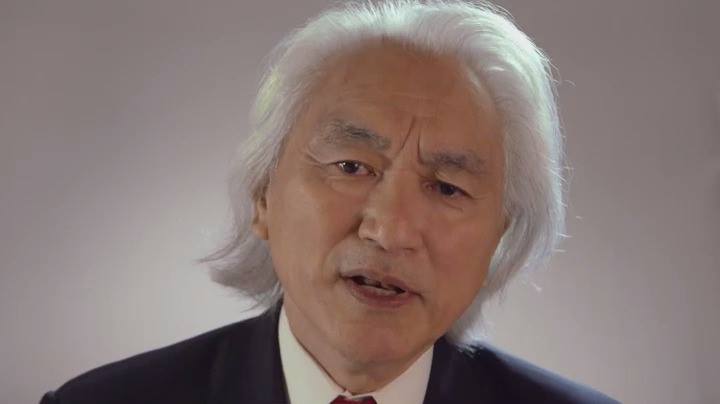
Michio Kaku on A.I.
“Why compete with robots when we can take the best attributes of robots and incoporate it into our body?” — Dr. Michio Kaku. Do you agree?
Shape — Shifting Robotic Snake
It can morph into a lamp stand as quick as it provides email notifications: There’s not much this shapeshifting snake can’t do. http://voc.tv/1P6L9zh

A new story out in Breitbart that’s about AI, transhumanism, and politics: http://www.breitbart.com/tech/2015/11/08/trans-humanist-presidential-candidate-welcomes-robot-overlords/
Zoltan Istvan is running for President in 2016, and hoping he might be one of the last humans to hold the job.
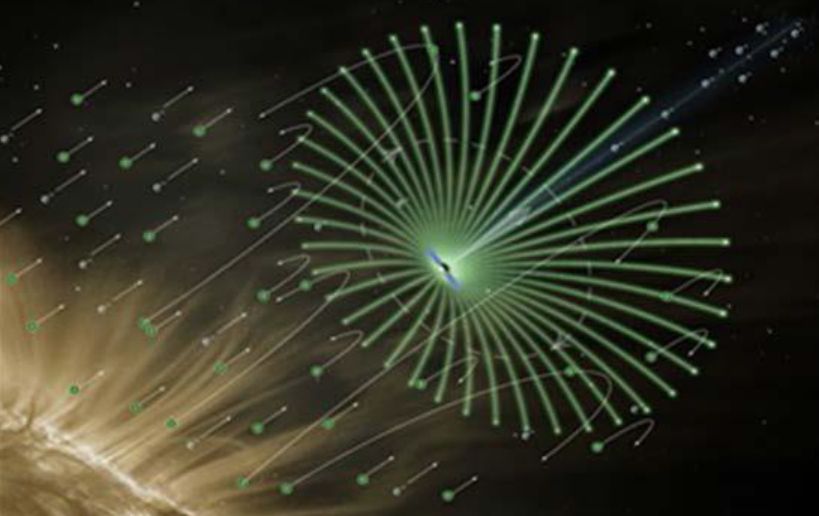
SANTA CLARA, California — Robotic spacecraft may ride the solar wind toward interstellar space at unprecedented speeds a decade or so from now.
Researchers are developing an “electric sail” (e-sail) propulsion system that would harness the solar wind, the stream of protons, electrons and other charged particles that flows outward from the sun at more than 1 million mph (1.6 million kilometers per hour).
“It looks really, really promising for ultra-deep-space exploration,” Les Johnson, of NASA’s Marshall Space Flight Center in Huntsville, Alabama, said of the e-sail concept here at the 100-Year Starship Symposium on Oct. 30. [Superfast Spacecraft Propulsion Concepts (Images)].
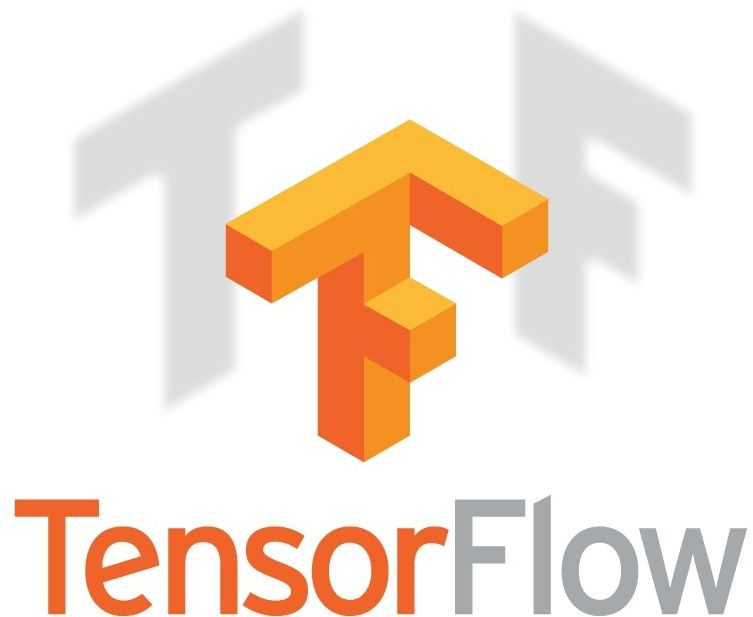
Posted by Jeff Dean, Senior Google Fellow, and Rajat Monga, Technical Lead.
Deep Learning has had a huge impact on computer science, making it possible to explore new frontiers of research and to develop amazingly useful products that millions of people use every day. Our internal deep learning infrastructure DistBelief, developed in 2011, has allowed Googlers to build ever larger neural networks and scale training to thousands of cores in our datacenters. We’ve used it to demonstrate that concepts like “cat” can be learned from unlabeled YouTube images, to improve speech recognition in the Google app by 25%, and to build image search in Google Photos. DistBelief also trained the Inception model that won Imagenet’s Large Scale Visual Recognition Challenge in 2014, and drove our experiments in automated image captioning as well as DeepDream.
While DistBelief was very successful, it had some limitations. It was narrowly targeted to neural networks, it was difficult to configure, and it was tightly coupled to Google’s internal infrastructure — making it nearly impossible to share research code externally.
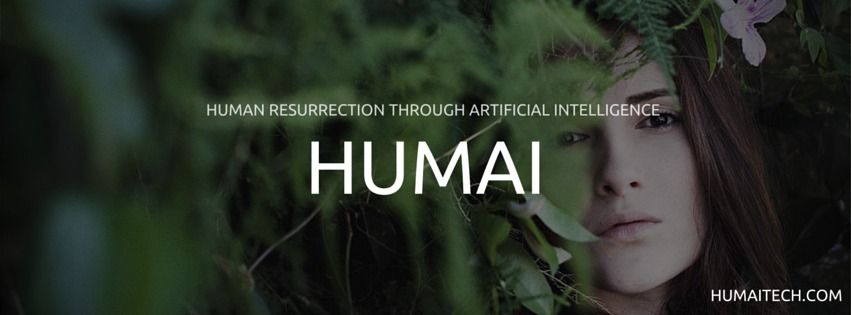
Serious Wonder speaks with Humai CEO Josh Bocanegra about his company’s desire to resurrect the dead using A.I. — B.J. Murphy for Serious Wonder.
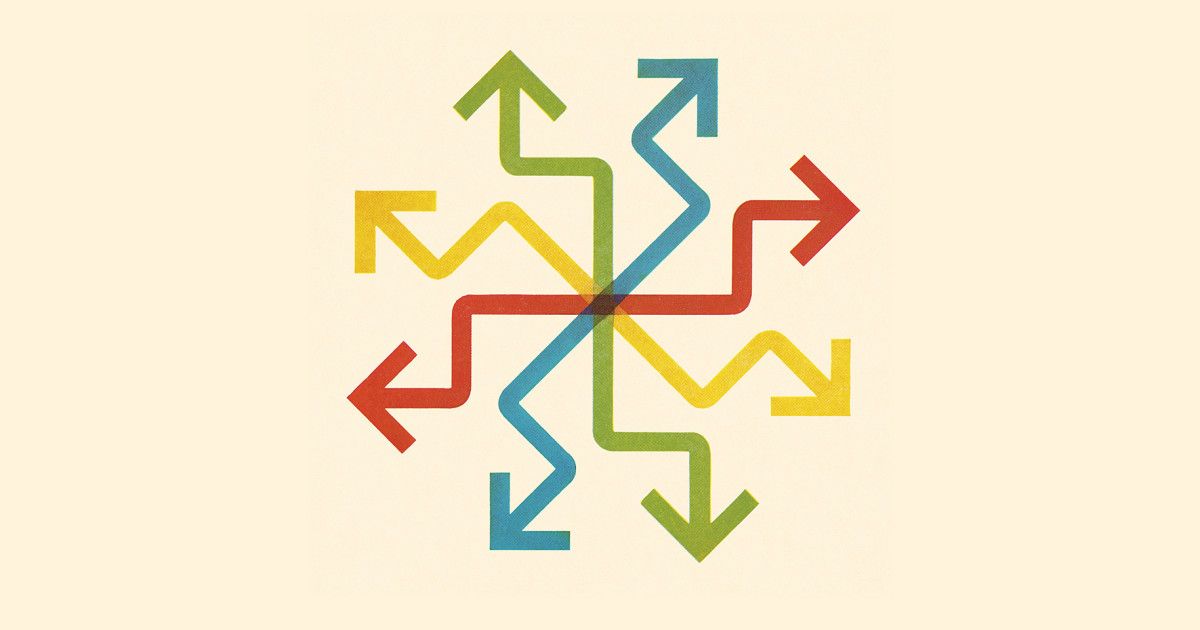
In a dramatic departure, Google is open sourcing software that sits at the heart of its online empire.
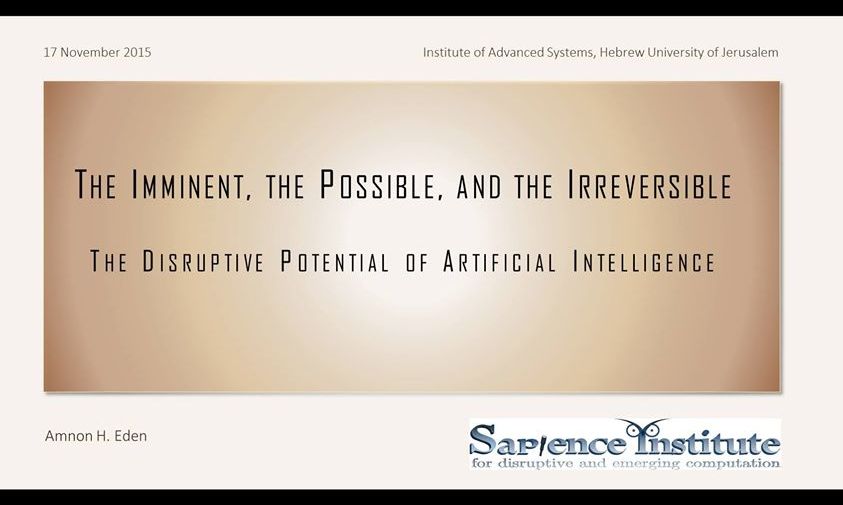
Major technological changes have a transformative effect on every aspect of human life. Increasingly intelligent programs are responsible to paradigm shifts at a steadily accelerating rate, a trend which acceleration theories suggest is all but guaranteed to continue.
We explore some of the most disruptive applications of artificial intelligence, examining in particular the impact of computer trading programs (algotraders) on stock markets. We explore some such imminent technologies (such as autonomous military robots) and their consequences (eg on job markets). We conclude with a discussion in the potentially irreversible consequences of this trend, including that of superintelligence.

“The fastest-growing occupations in the past five years are all related to services,” he tells the Observer. “The two biggest are Zumba instructor and personal trainer.”
A new report suggests that the marriage of AI and robotics could replace so many jobs that the era of mass employment could come to an end.
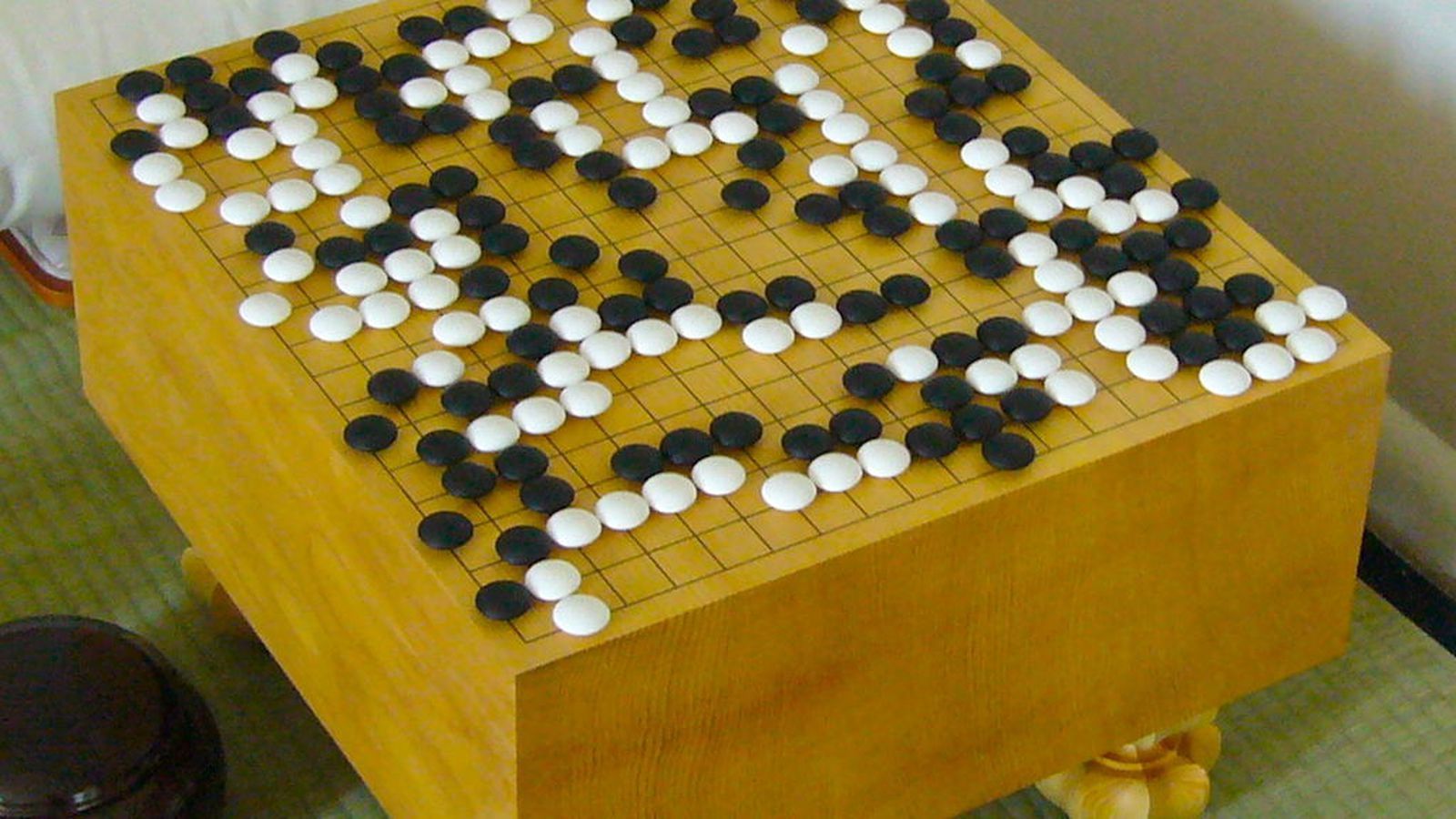
Facebook is now tackling a problem that has evaded computer scientists for decades: how to build software that can beat humans at Go, the 2,500-year-old strategy board game, according to a report today from Wired. Because of Go’s structure — you place black or white stones at the intersection of lines on a 19-by-19 grid — the game has more possible permutations than chess, despite its simple ruleset. The number of possible arrangements makes it difficult to design systems that can look far enough into the future to adequately assess a good play in the way humans can.
“We’re pretty sure the best [human] players end up looking at visual patterns, looking at the visuals of the board to help them understand what are good and bad configurations in an intuitive way,” Facebook chief technology officer Mike Schroepfer said. “So, we’ve taken some of the basics of game-playing AI and attached a visual system to it, so that we’re using the patterns on the board—a visual recognition] system—to tune the possible moves the system can make.”
The project is part of Facebook’s broader efforts in so-called deep learning. That subfield of artificial intelligence is founded on the idea that replicating the way the human brain works can unlock statistical and probabilistic capabilities far beyond the capacity of modern-day computers. Facebook wants to advance its deep learning techniques for wide-ranging uses within its social network. For instance, Facebook is building a version of its website for the visually impaired that will use natural language processing to take audio input from users — “what object is the person in the photo holding?” — analyze it, and respond with relevant information. Facebook’s virtual assistant, M, will also come to rely on this type of technology to analyze and learn from users’ requests and respond in a way only humans could.